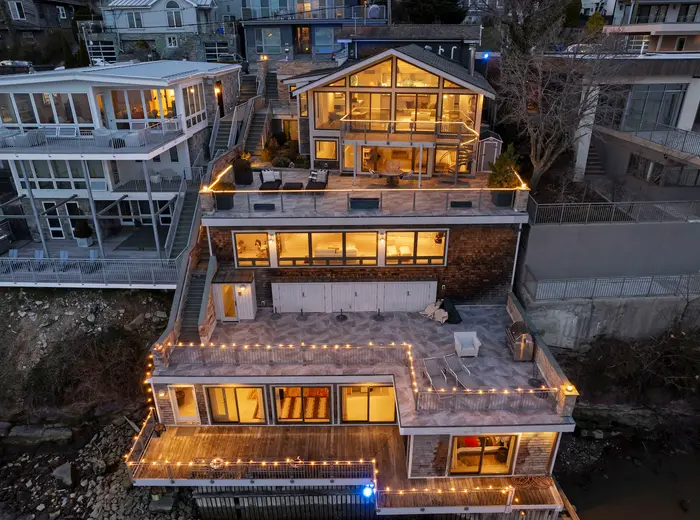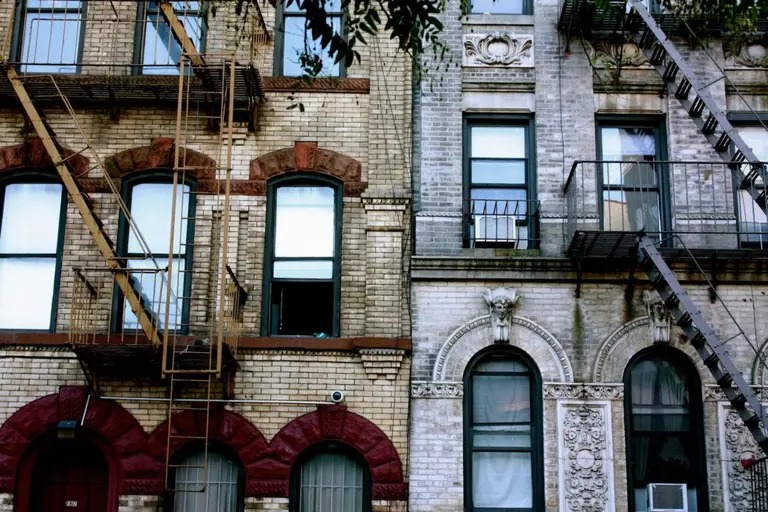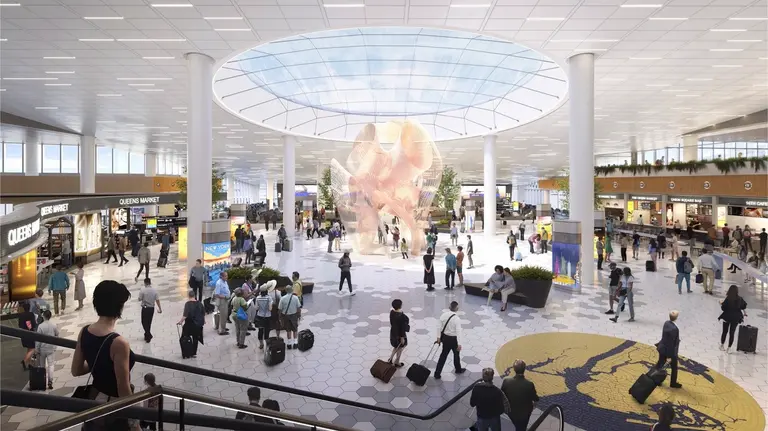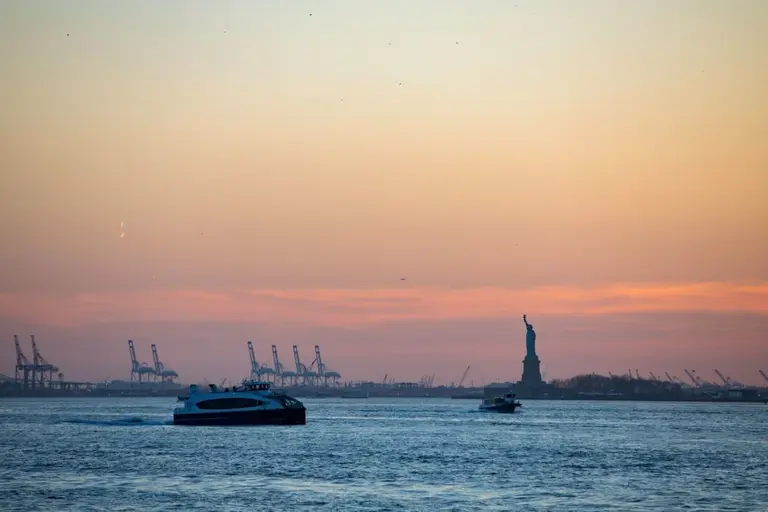The NYC transit projects affected by congestion pricing delay
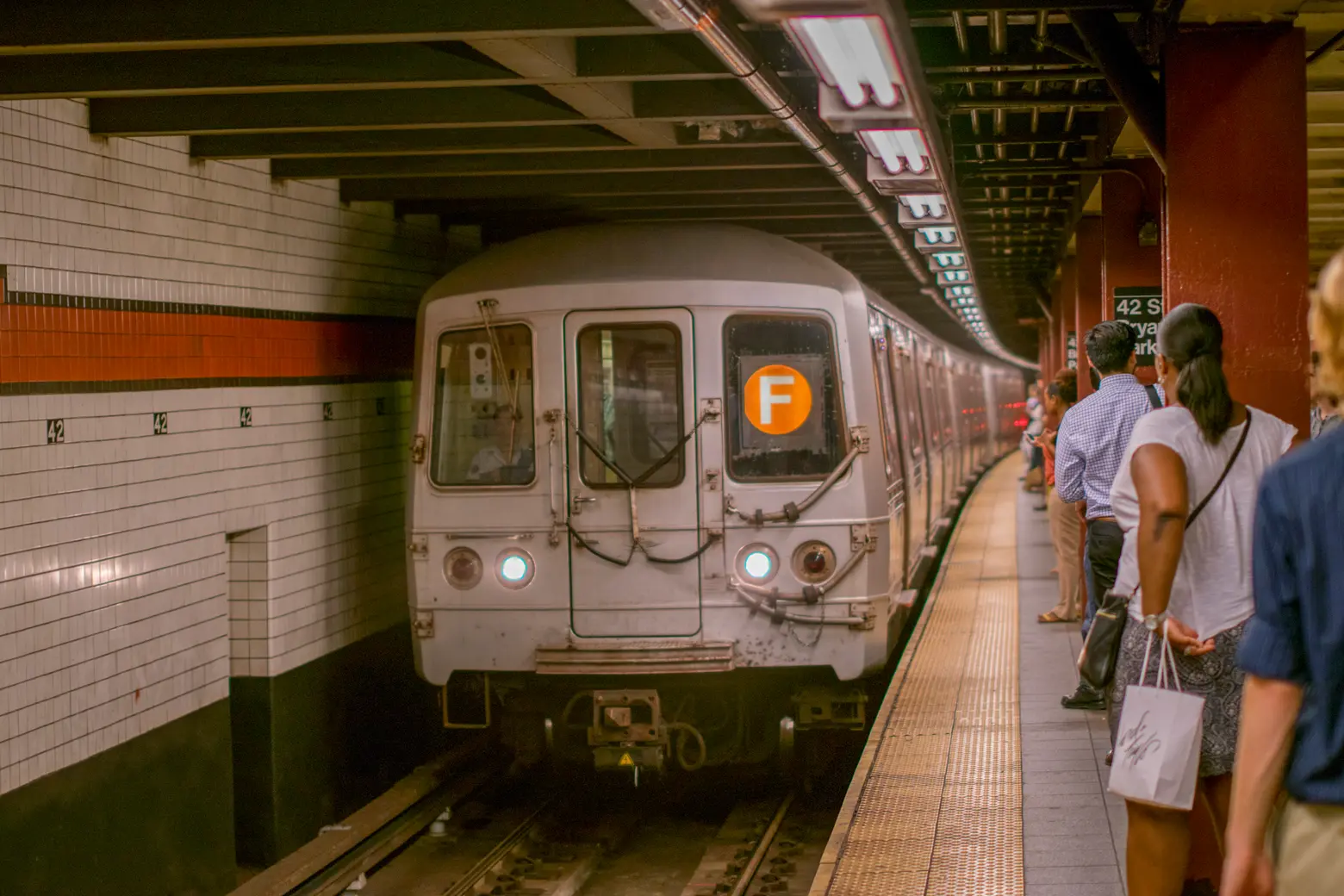
Photo via Wikimedia
With Gov. Kathy Hochul’s last-minute decision to “indefinitely” pause the congestion pricing program, the MTA will lose out on an anticipated $15 billion in revenue. The governor’s decision puts a huge gap in the agency’s capital program, which planned to use proceeds from congestion pricing to make critical repairs and improvements to New York City’s public transportation network. From making subway stations accessible and updating antiquated signaling to extending the Second Avenue Subway to East Harlem, several projects promised to improve the lives of millions of New Yorkers will now be delayed without dedicated funding.
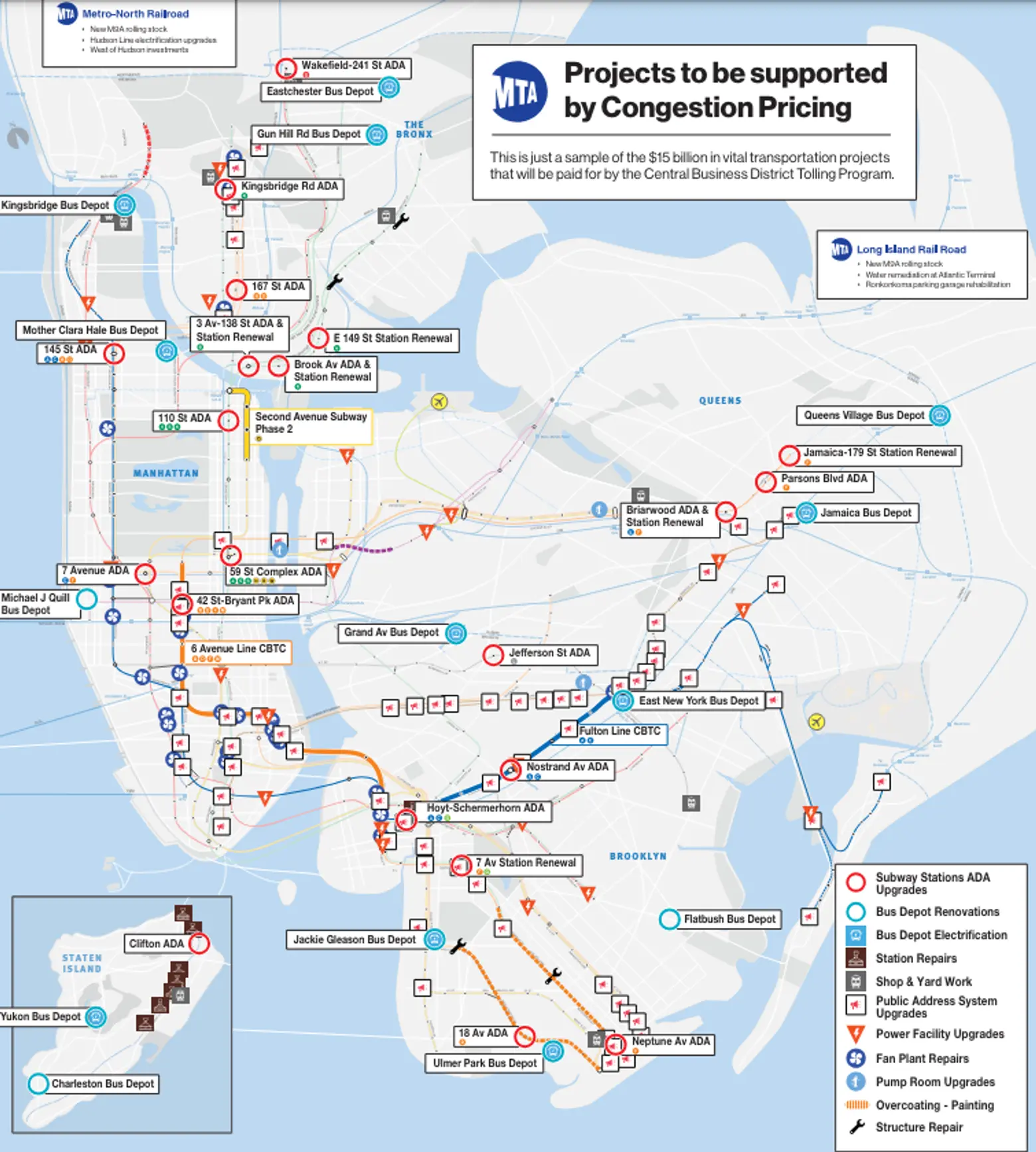
The anticipated proceeds of $1 billion annually in tolls from congestion pricing, which was scheduled to begin charging drivers $15 for entering parts of Manhattan on June 30, account for about 50 percent of the remaining funds in the MTA’s 2020-2024 Capital Program. Without it, the program is largely on hold, putting critical projects on hold and jeopardizing 23,000 jobs, according to the MTA.
Hochul on Wednesday blamed the current economic situation for halting the program, claiming “circumstances have changed” since the program was approved in 2019. But reports say Hochul was pushed to delay the program by Rep. Hakeem Jeffries, who is fighting to win back a Democratic majority this year.
To replace the lost revenue, Hochul is considering proposing a new tax on NYC businesses, the New York Times reported. This tax would require approval from the legislature, which has just one day left in session.
According to an analysis from the Tri-State Transportation Campaign, there would be no financial impact on the vast majority of commuters in the region. Over 97 percent of commuters in New York and New Jersey won’t be impacted financially by congestion pricing. When looking at 217 legislative districts, the percentage of commuters who would pay a toll does not exceed 4 percent, with most in the 0 to 1 percent range.
“We urge the governor to stick to her guns and implement this transformative policy, which the New York State Legislature promised to working-class families nearly 5 years ago,” the campaign said in a statement. “This is the pivotal moment. Please, Governor Hochul, don’t turn your back on the families counting on you to provide cleaner air and faster commutes for everyone.”
Signal modernization projects
Updating 100-year-old signals improves service reliability and reduces delays. Communication-based train control allows trains to run closer together, increasing capacity and reliability.
- MTA has already put on hold signal modernization projects on the Fulton line ( the A/C trains) in Brooklyn and the 6th Avenue line (the B, D, F, and M) in Manhattan. Installing CBTC and replacing 70 switches and 17 interlockings from the 1930s would benefit 1.6 million riders.
New railcars and electric buses
- Congestion pricing would provide $1 billion for new subway cars, new M9A cars for the LIRR and Metro-North, and new locomotives for the LIRR.
- Funds would go toward more than 250 new electric buses and 11 bus depots across the city to operate and maintain the electric bus fleets. The plan would allow bus depots in underserved communities to be the first to replace diesel and hybrid buses with electric buses.
Accessibility upgrades
The MTA is working to increase accessibility throughout the system by adding ramps and elevators at dozens of stations. Without the funding, accessibility projects will be delayed at the following stations:
- The Bronx: Brook Avenue, 3rd Avenue-138th Street, Kingsbridge Road, 167th Street, Wakefield-241st Street
- Brooklyn: Hoyt-Schermerhorn, Neptune Avenue, 18th Avenue, Nostrand Avenue, Jefferson Street
- Manhattan: 145th Street, 59th Street-Lexington Avenue, 42nd Street-Bryant Park, 7th Avenue, 110th Street
- Queens: Briarwood, Parsons Boulevard
- Staten Island: Clifton
Station renewals
- At stations 7th Avenue (F/G), East 149th Street (6), 179th Street (F), Briarwood (E/F), 3rd Avenue-138th Street (6), Brook Avenue (6).
- Upgrades to the public announcement systems at more than 70 stations across the lettered lines.
The second phase of the Second Avenue Subway
Congestion pricing would also pay for future contracts to advance the second phase of the Second Avenue Subway, which will create three accessible subway stations at 106th Street, 116th Street, and 125th Street and expand the Q train to East Harlem.
Repair work
According to the MTA, the agency could fall behind on necessary repair work critical to the reliability of the system, including:
- Repairs and overcoating to keep elevated lines structurally sound.
- Substation repairs and renewals to keep power running.
- Repairs to emergency exits and fan plants.
- Shop and yard repairs across the system.
- Water remediation at LIRR Atlantic Terminal and the rehabilitation of Ronkonkoma’s LIRR parking garage.
RELATED:








